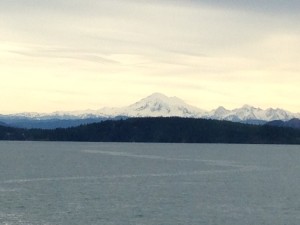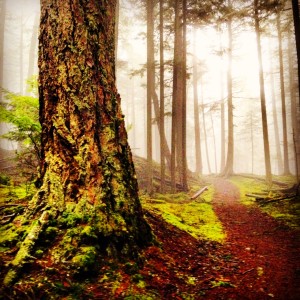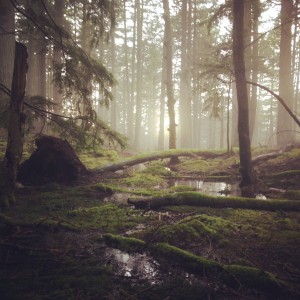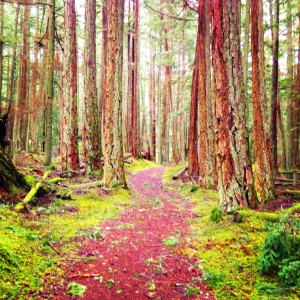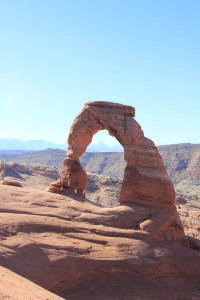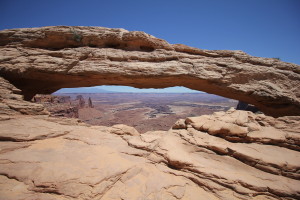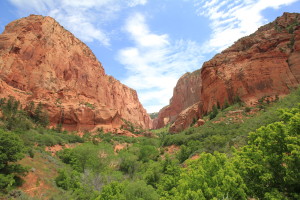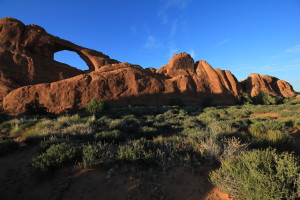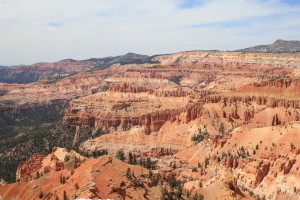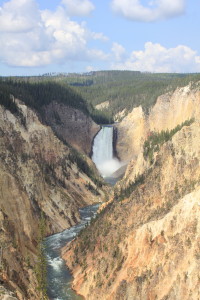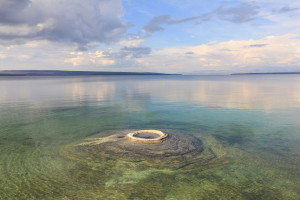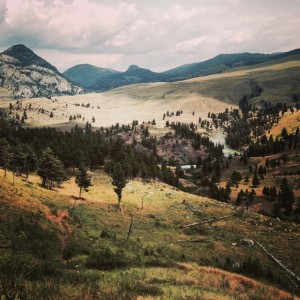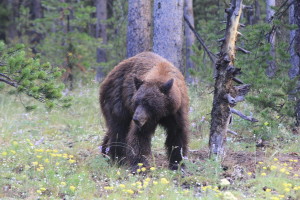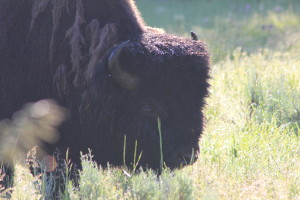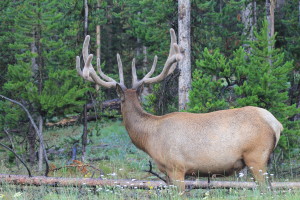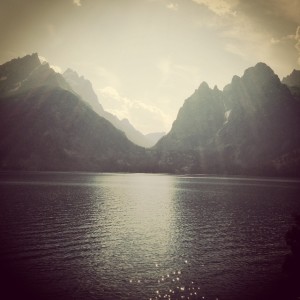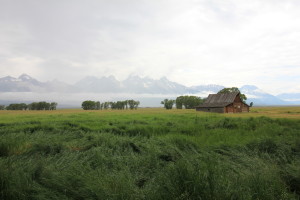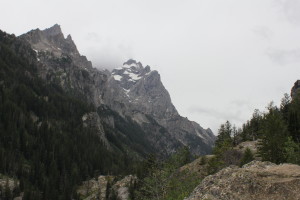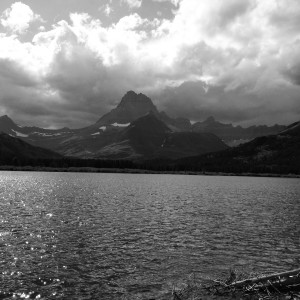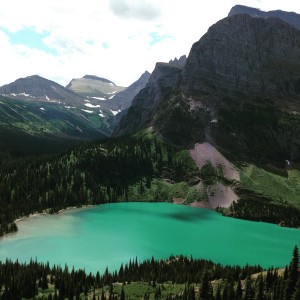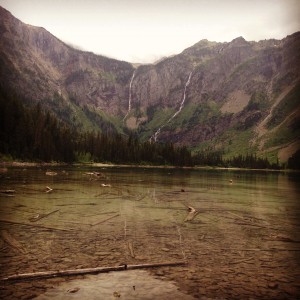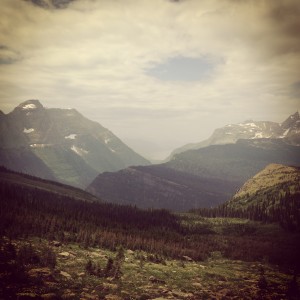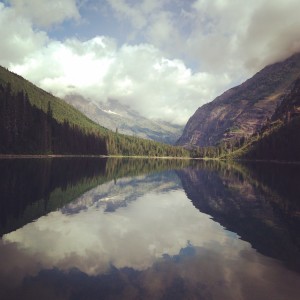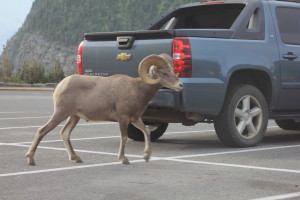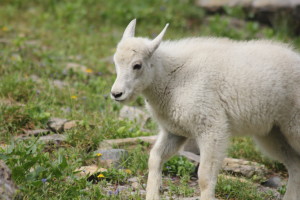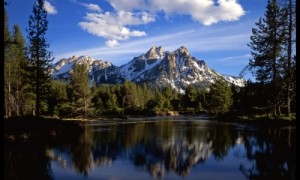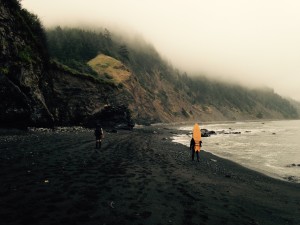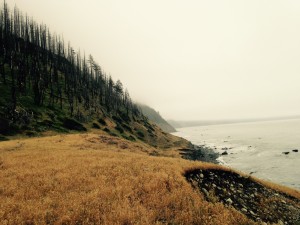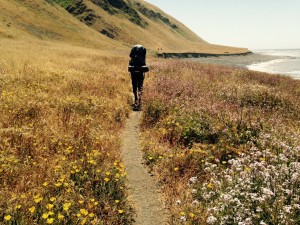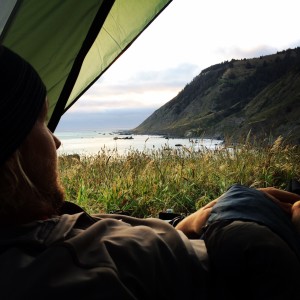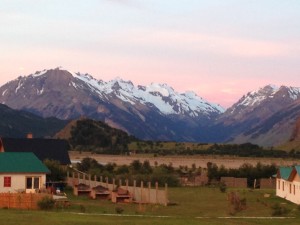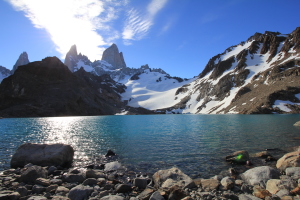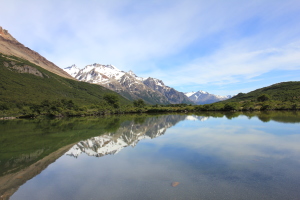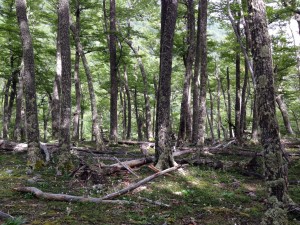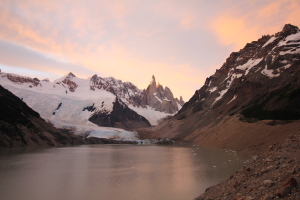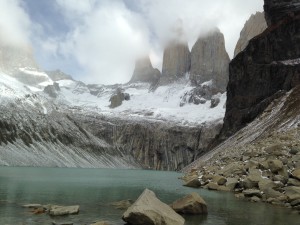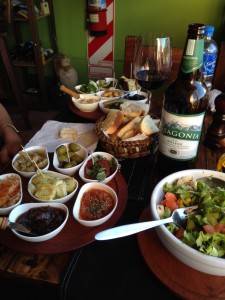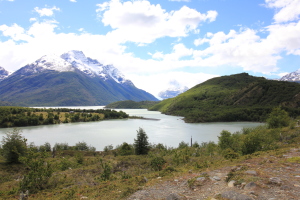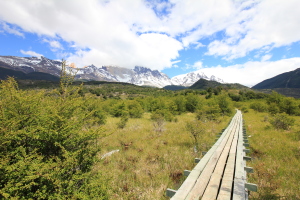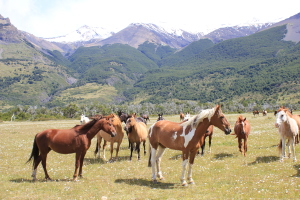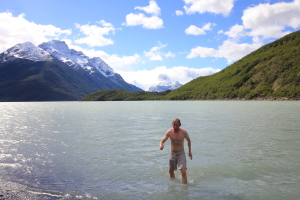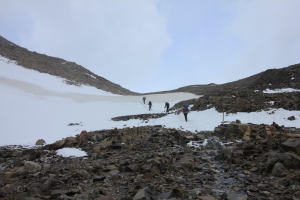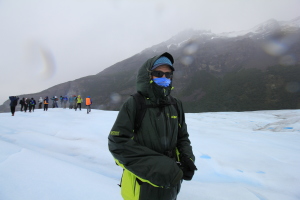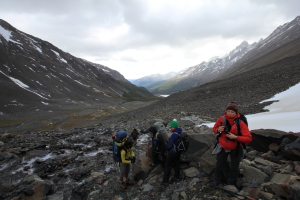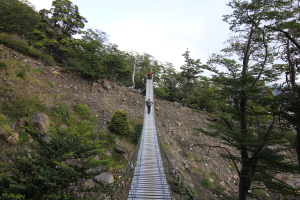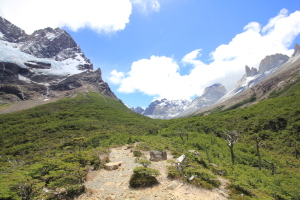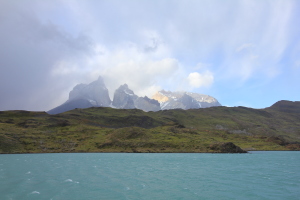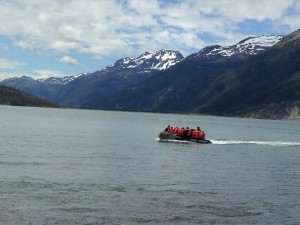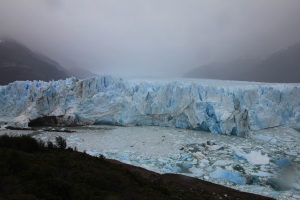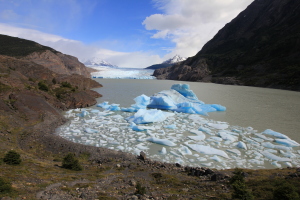I think when most people on the West Coast think about visiting an island they visualize the warm and sunny beaches of Hawaii. Certainly in the grey and wet weather we have been having in March I have been letting my mind wander to those blue waters. It can be a great escape from the seasonal gloom to visit somewhere so radically different. Sometimes, there can be a rebound effect when we come back home and have to re-embrace the Winter elements and cloudy days.
I would like to recommend visiting some of the many islands off the coast of the Pacific Northwest in the Winter. It may seem like a rough time to get on a ferry and head out from the coast but it’s a wonderful way to both get away from our local environment without escaping the realities and joys of wild Winter storms. Many of these islands are easily reached from Seattle or Vancouver and Washington State has a amazing ferry system for both cars and passengers. It really is a wonderful way to travel at a pace slow enough to just sit and stare out the window.
I visited Orcas Island this last month and found it to be a real paradise of old growth forest, waterfalls, and bays dotted with State Parks, like Camp Moran, and small villages, like East Sound. So many well kept trails and interesting lodges and restaurants to visit not to mention hours of just watching what the wild Northwest Ocean can throw at you. I hope you get to check it out and the San Juan Islands in general someday soon.
